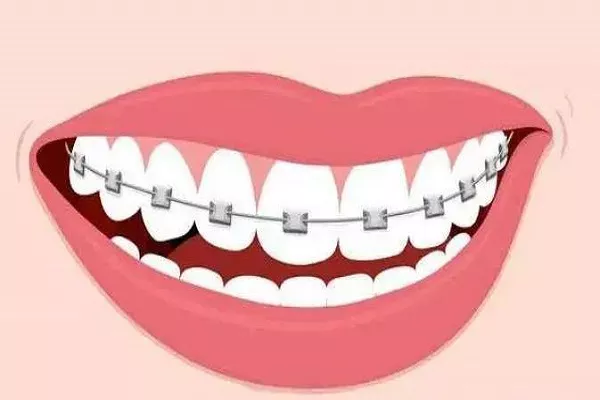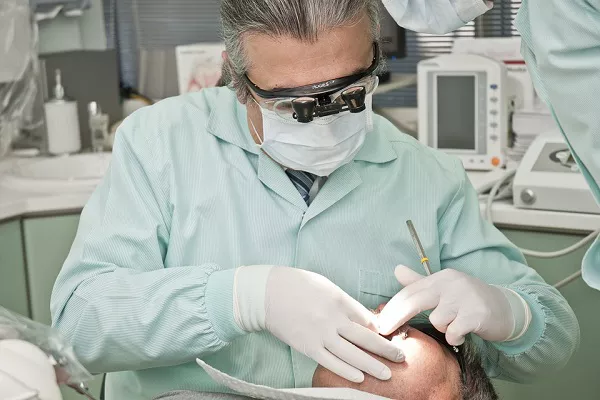Orthodontics is a specialized field of dentistry that focuses on correcting misaligned teeth and jaws. While many people seek orthodontic treatment for cosmetic reasons, there are also cases where orthodontic treatment is deemed medically necessary.
Medically necessary orthodontics is defined as treatment that is necessary to correct a functional problem with the teeth or jaws, rather than solely for cosmetic reasons. This can include issues such as difficulty chewing or speaking, problems with jaw alignment, or breathing difficulties.
Some examples of conditions that may require medically necessary orthodontics include:
Malocclusions, or bite problems, such as overbites, underbites, and crossbites
Crowding or spacing issues that can affect speech or make it difficult to properly clean teeth, leading to decay or gum disease
Temporomandibular joint disorders (TMJ), which can cause pain, clicking, or stiffness in the jaw
Sleep apnea, a condition in which breathing is interrupted during sleep due to airway obstruction
In many cases, medically necessary orthodontics may be covered by insurance, as it is considered a necessary medical expense rather than a purely cosmetic one. However, each insurance policy is different, and it’s important to check with your insurance provider to determine what types of orthodontic treatment are covered.
If you believe you may require medically necessary orthodontic treatment, it’s important to schedule a consultation with an orthodontist. They can evaluate your condition and recommend a treatment plan that will address your specific needs and help improve your oral health and overall well-being.
































